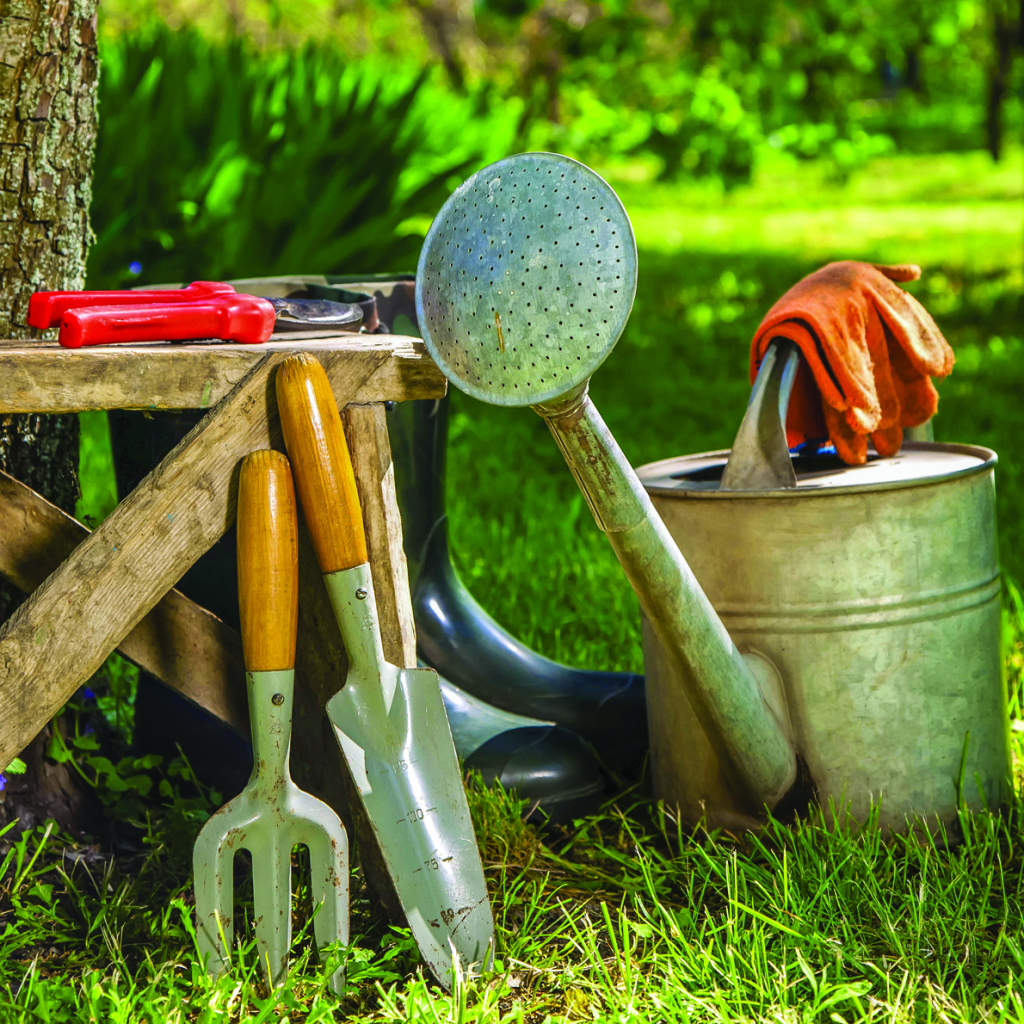By Master Gardener Volunteer Lesley Arrandale
mail@floridanewsline.com
It’s early April as I write, and we’ve had very little rain, but with higher temperatures lawns are growing, we hear lawnmowers more frequently, and irrigation comes to mind. Since the clocks changed, our watering restrictions have also changed:
- Homes with odd-numbered or no addresses may water on Wednesday and Saturday,
- Homes with even-numbered or no addresses may water on Thursday and Sunday,
- No watering between 10 a.m. and 4 p.m. (early morning is preferable),
- Limit watering to one hour per zone.
- These restrictions apply to all water sources except reclaimed water.
To ensure that your lawn is getting adequate water (https://ufdc.ufl.edu/IR00003389/00001/pdf), lay out shallow cans and run the irrigation system. Measure how much water is collected after a quarter of an hour. Adjust the time to achieve ¾ inch of water per watering. Too much water and lush growth can result in overgrowth of weeds, the spread of disease, and a proliferation of damaging insects. Checking coverage can help you keep your lawn in the best condition through the summer. Finally, make sure that you don’t irrigate regardless of need. Ideally the grass should show signs of stress, including a bluish cast and footprints that don’t immediately bounce back (https://edis.ifas.ufl.edu/publication/SS586). If rain is predicted in the next 24 hours, hold off, and similarly if it’s rained less than 24 hours beforehand.
Vegetable gardeners will be seeing the effects of higher temperatures and increased numbers of insects. As always, take the lightest approach with pest control, bearing in mind that plants can benefit when we encourage a wide range of insect species in our yards. Check out this article on integrated pest management (IPM) for more details: https://tinyurl.com/3ku7davb.
Tobacco and tomato hornworms are particularly destructive caterpillars, feeding on tomato plants and other solanaceous crops, like eggplant and pepper, as well as ornamentals like pentas. They grow fast and can defoliate a plant rapidly. The best way to deal with them is simply to remove them and drown them in soapy water. Scouting — regularly looking over your plants — can pay dividends in avoiding damage. Combined with the simple pleasure of an early morning or evening stroll, the benefits are obvious.
While cutting back dead flowering stems in late spring, instead of hauling them all to the curb, I “chopped and dropped” some of the smaller more brittle stems and tucked them beneath the plants. As they decompose they add organic matter to the soil. Any green trimmings can be treated the same way, but when cleaning up any obviously diseased plant material it should be put out for collection, along with weeds with seeds and roots that might simply start growing again if left lying. A simple compost heap, with layers of green and brown material, can help reduce kitchen and yard waste being “wasted.” This article says it all: https://edis.ifas.ufl.edu/publication/EP323.
By May, I had hoped to get my landscape under control, especially the weeds, and I had hoped to get more potted plants in the ground — but I remind myself that a garden is never static, and with the best will in the world, life intervenes, and we can come up short. Regardless, caring for landscapes, however humble or imperfect, can be rewarding. A few flowering plants in a large pot can attract pollinators. Weedy areas — hopefully located where they don’t cause you stress — can benefit the butterflies and other insects that use those plants to procreate. And although we don’t see them, undisturbed soil hosts countless numbers of microbes and invertebrates. Our homemade compost, used sparingly as a light mulch, can add even more life to our soil, just like decomposing fallen leaves and debris in a woodland. Mimicking nature can add hidden depths to our landscapes in more ways than one.













